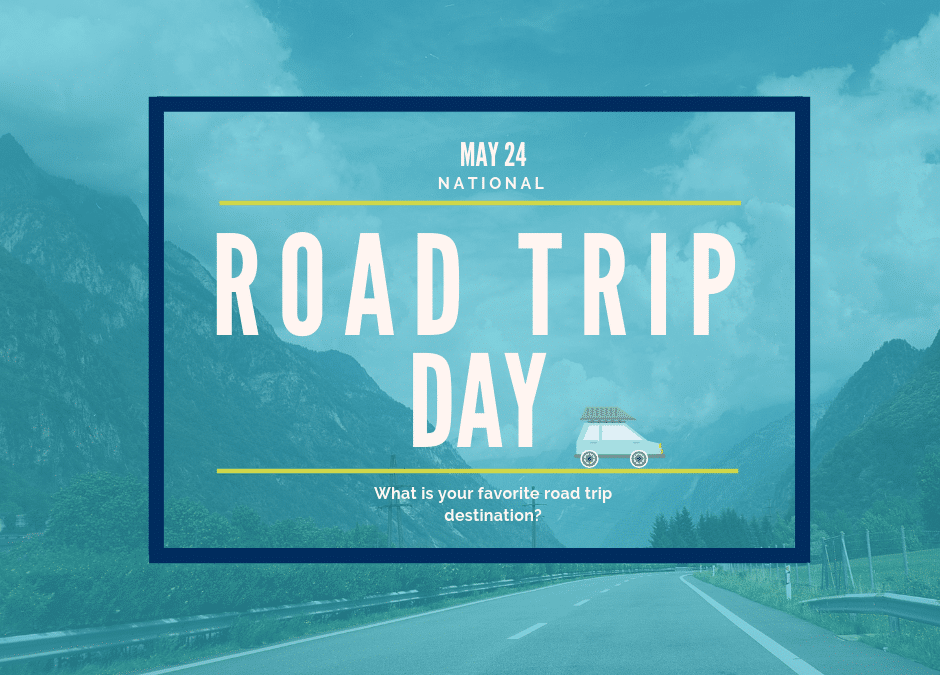
by California Casualty | Auto Insurance Info, Safety |
May 24 is National Road Trip Day!
As May comes to a close, classes are ending, the days are getting longer, and temperatures are slowly beginning to rise. You know what else that means? Vacation. Summer is calling and many American families are planning to spend their free time on the road relaxing and enjoying the sun.
Traveling, in all forms, is at its peak in the summer months. Road tripping and RV-ing are currently on the rise, so much so that Fox News reports that 73% of Americans would rather road trip than fly. Aside from all of the scenic views that are available when traveling by vehicle, travelers feel a sense of freedom by land, with the knowledge that they can stop or change their destination at any point in time instead of following a strict schedule like you would in an airport.
Whether your destination is the beach, the mountains, or just the open road, it is critical that your vehicle is ready to make the journey with you. So before you jam all of your luggage in the trunk, be sure to check the following in preparation for your summer road trip adventure:
-
Periodically check and test batteries for proper charging. Summer heat drains batteries faster than the cold of winter.
-
Check the air conditioning system for leaks and proper coolant.
-
Check the tires for tread and proper inflation.
-
Be sure your cooling system has the proper anti-freeze/coolant and all belts, hoses and the water pump are properly working. Never open a hot radiator cap; the liquid inside is a scalding 200 degrees or hotter.
-
Verify the viscosity of your motor oil will stand up to hot weather days, 10W-30 or 10W-40.
-
Make sure the spare tire is inflated and there is a jack and tire changing tool.
-
Test your windshield wipers and change them if they are streaking.
Consumer Reports advises that, as well as checking your vehicle before leaving for your destination, you should also travel with a basic safety kit that consists of:
- Cell phone and spare battery
- First aid kit
- Fire extinguisher
- Warning light or reflective triangles
- Tire gauge
- Jumper cables
- Foam sealant for flat tires
We don’t like to think that things could go wrong on vacation, but you never know what you will run into on the open road and that is why it is important to be prepared. Here at California Casualty we proudly support our customers and want you all to have a fun and safe summer full of road trip adventures, so before you hit the road, make sure that you and your vehicle are adequately protected for the unexpected you may encounter far from home.
Current customers call a California Casualty advisor for an auto policy review at 1.800.800.9410 or visit mycalcas.com/customerservice. If you are not a customer please contact us 1.866.704.8614 or visit www.mycalcas.com to request a FREE Auto Insurance quote.
Where do you plan on traveling this summer? Or do you have a dream road trip destination? Comment below and give us ideas for our summer travels! And if you are wanting to hit the road, but need a little help as to where check out Fox New’s Top 15 things to do on America’s travel bucket list.
Happy Travels!
More information for this article can be found at:
https://fxn.ws/2Ev0SYm
https://bit.ly/2K2jq5Y
by California Casualty | News, Safety |
Students and schools across the country have won educational grants from the 2019 Spring Create Real Impact Contest, sponsored by Impact Teen Drivers and California Casualty.
A total of $12,000 was awarded for creative efforts to address the dangers of distracted driving aimed at teenagers.
Caden Turner – “Listen Up”
The students chosen for $1,500 grand prize educational grants:
- Ashlee Walkowiak, Franklin, WI, in the writing category for her work titled, “Be Different”
- Everen Graves, San Diego, CA, in the music category for the song “So Much to Live For”
- Caden Turner, St. Louis, MO, in the video category for “Listen Up”
- Lindsey Sanchez, Richmond Hill, GA, in the art category for the poster “Camera Filter”
The schools with the most entries that were each awarded $1,000 are:
- Village Academy of Film, Pomona, CA
- University City High School, San Diego, CA
- South Forsyth High School, Cumming, GA
The contest encourages peer-to-peer messages and creative expression from students. The goal – help stem the tide of distracted and reckless driving, which is the number one killer of young drivers.
Preventing inattentive driving, especially among teens, is one of the top priorities of the National Highway Traffic Safety Administration, and safety groups across the nation.
“The objective of the Create Real Impact Contest is to allow young people to engage, educate and empower their peers with strategies to stop the number one killer of teens – car crashes – particularly those caused by reckless and distracted driving,” said Kelly Browning, Ph.D., Executive Director, Impact Teen Drivers. “The contest meets teens in a space where they are comfortable – online. It is about the solutions to ending distracted driving, #EndDD, #WeHavethePower.”
Students ages 14-22 were invited to offer their artistic solutions to this critical teen driving danger through essays, artwork, videos and music. More than 1,300 submissions were received and winners were determined by a panel of judges and by online voting for prizes ranging from $500 to $1,500.
Impact Teen Drivers has reached more than two million teens since 2007 and the Create Real Impact contest began in 2009. California Casualty is a founding partner of the nonprofit and continues to provide support for the contest. California Casualty representatives will help present checks to the winning schools and awardees.
“The importance of this contest can’t be overstated,” said California Casualty CEO Beau Brown. “While insurance can replace a mangled vehicle, we can’t replace a teenager’s life. In a split second, everything for that family changes forever; it’s a terrible tragedy that no one should endure.”
The 2019 Fall Create Real Impact contest will kickoff in August. Entries will be taken at www.createrealimpact.com. For more information on how to get schools and students involved, please contact [email protected].

by California Casualty | Pets, Safety |
Spring break will be here before you know it and summer is right around the corner. If your plans include travel and Fido isn’t invited, here are a few things to consider when deciding where and who will care for your four-legged family member while you’re away. boarding your pet
Before Boarding Your Pet, Plan to Ask:
-
Is my pooch up to date on vaccinations?
Ensure vaccinations are required for other animals boarded in the same facility.
-
Can I take a tour?
Visiting the facility and meeting staff members who will be caring for your dog can help you determine if it’s the right fit. Plus, provides peace of mind while you’re away.
-
Are the staff and facility certified?
If your dog is injured, know who will provide treatment. Also, find out if your pet will need to be transported to another location for care.
-
What will my dog do all day?
Some places keep dogs kenneled most of the day. Alternatively, others provide an open area for dogs to play and socialize with other pet guests.
-
Where will my dog sleep?
Just like time spent during the day, some facilities require pets each sleep in a separated area. Others offer a slumber party environment.
-
Can I bring my own dog food?
Let the facility know if your dog has a special diet or feeding schedule.
Whether you use these as a starting point or have your own questions, the most important thing is that you feel comfortable knowing you’ll return to a pet that is tired but happy. boarding your pet
We know how important your furry friends are. That’s why California Casualty offers pet health insurance from Pets Best, rated in the top tier of pet insurance companies. You can get up to 90 percent reimbursement for X-rays, lab tests, surgeries, even cancer treatment with a Pets Best policy. Best yet, you’ll save five percent (in most states) if you purchase through California Casualty.
We only get limited time with our pets. Make the most of it! Contact our Agency Services team at 1.877.652.2638 or email [email protected].
If your pet travels with you, don’t forget California Casualty automatically includes free Pet Injury Coverage as part of your auto insurance policy.
Get a free quote today and discover why educators, firefighters, police officers and nurses trust California Casualty for their auto and home insurance needs. www.calcas.com
by California Casualty | Calcas Connection, Good to Know, Safety |
While we worry about our teens texting while behind the wheel, what kind of example are we setting? Nearly one-third of drivers of all ages admit to texting, talking or checking a map app while on the road. With Americans spending an average of an hour a day on the road, that’s too many opportunities for a serious crash.
Technology can give us the boost we need to stay on task, avoiding texting while driving. There are a variety of apps to reduce your temptation to use a smartphone while behind the wheel. Most of us already use apps for workouts, calorie counting, music and banking – why not add one for safer driving?
Five Apps to Stop Phone Use While Driving:
- AT&T DriveMode, a free app for iOS and Android that silences incoming calls, restricts texting, and sends alerts when the app is turned off
- DriveSafe Mode, an app available for iOS and Android that prevents texting and emailing while driving and sends notifications when the phone is in use or when the driver shuts off the app
- Cell Control, a subscription service that allows businesses or families to block sending or receiving texts while driving and sends an alert if it is deactivated
- On My Way Realtime GPS (available at iOS app store), a free app that allows others to track where you are in real time without the need to send a text or make a call while driving, and lets them know when you arrive at your destination
- LifeSaver, a subscription service for both Android and iOS that blocks phone use, monitors driving behaviors, sends alerts when the driver arrives safely and allows them to earn points while using the app
Your phone may already have a Do Not Disturb While Driving feature. Search within your phone settings to activate it.
Some other tips to help drivers concentrate on the road and not on technology include:
- Mapping out the route before getting into the car
- Creating music lists at home to play on the ride
- Making calls to friends, work or relatives before the drive and after you arrive at your destination
TAKEAWAY:
Learn more about distracted driving and efforts to prevent it here.
by California Casualty | Homeowners Insurance Info, Safety |
 In the US, home break-ins occur about every 18 seconds. That’s pretty alarming. Not only can a thief steal your belongings, they can rob your peace of mind leaving you and your family feeling violated, scared and even angry.
In the US, home break-ins occur about every 18 seconds. That’s pretty alarming. Not only can a thief steal your belongings, they can rob your peace of mind leaving you and your family feeling violated, scared and even angry.
By taking the time to educate yourself and following some simple precautions, you’ll be better prepared to protect your family and home from a break-in ever occurring.
Know it: A security system may prevent a burglar from even attempting to break in.
Do it: Have a security system installed and monitored – and display the yard signs and window stickers you are provided.
Know it: Thieves sometimes rely on the cover of night, but most burglaries happen between 10am and 3pm while many people are at work or school.
Do it: Keep bushes and shrubs trimmed back. Consider getting motion activated security. Leave on a TV or radio. A barking dog can serve as a great deterrent to thieves – while you get to enjoy a wagging tail and a wet nose when you arrive home.
Know it: Burglars are often familiar with your neighborhood or daily schedule.
Do it: Varying your routine will make it harder for the bad guys to tell when you’re not home.
Know it: Signs that you’re on vacation or out of town for an extended period can make your home an easy target for burglary.
Do it: Put your mail, newspaper and deliveries on hold. Have a trusted friend or neighbor watch your home. Put indoor lights on timers. Some police departments offer an out of town home watch. If your local authorities provide this service, be sure to sign up several days prior to going out of town. Be vigilant about what you and your family post on social media.
Know it: 34% of burglars enter through the front door. Another 30% take advantage of unlocked windows or other unlocked doors.
Do it: LOCK YOUR DOORS AND WINDOWS! Keep your garage doors closed, even when home.
Know it: The top three things a burglar is looking for are cash, prescription drugs and jewelry but don’t doubt that these criminal opportunists will take anything they can get their hands on. Unfortunately, this often includes your identity.
Do it: Don’t leave valuables, cash or items that can be used for ID theft in plain sight or hidden in obvious places. Keep an up-to-date home inventory with a record of serial numbers from electronics to aid in filing police reports and insurance claims. Be sure to have an identity theft protection and recovery service if burglars get access to your personal or banking information.
We can’t stop all criminals, but California Casualty is here to protect you with quality auto and home / renters insurance with exclusive benefits not available to the general public. Every policy also comes with free ID theft protection.
Sources for this article:
https://www.iii.org/press-release/vacation-bound-use-these-five-prevention-tips-to-protect-your-home-against-burglars-while-youre-away-070312
https://www.safewise.com/blog/8-surprising-home-burglary-statistics/
by California Casualty | Safety |
On September 7, Equifax, a nationwide credit-reporting agency, reported that a giant cyber-security breach has compromised the personal data of up to 143 million Americans.
This information may include:
– Names
– Social Security Numbers
– Birth Dates
– Addresses
– Driver’s License Numbers
In addition, credit card numbers were compromised for about 209,000 customers. Overall, this is one of the largest data breaches ever, and many consumers financial information is at risk.
What should you do now?
- Visit https://www.equifaxsecurity2017.com to determine if you may have been affected
- Keep a close watch on your credit report and credit card accounts
- Freeze your credit and set up fraud alerts
You can freeze your credit report and set up fraud alerts by calling the reporting agencies:
Equifax: 1-800-349-9960
Experian: 1‑888‑397‑3742
TransUnion: 1-888-909-8872
ALL California Casualty customers have ID Defense assistance available through CyberScout as part of their policy. Click this link to learn more.

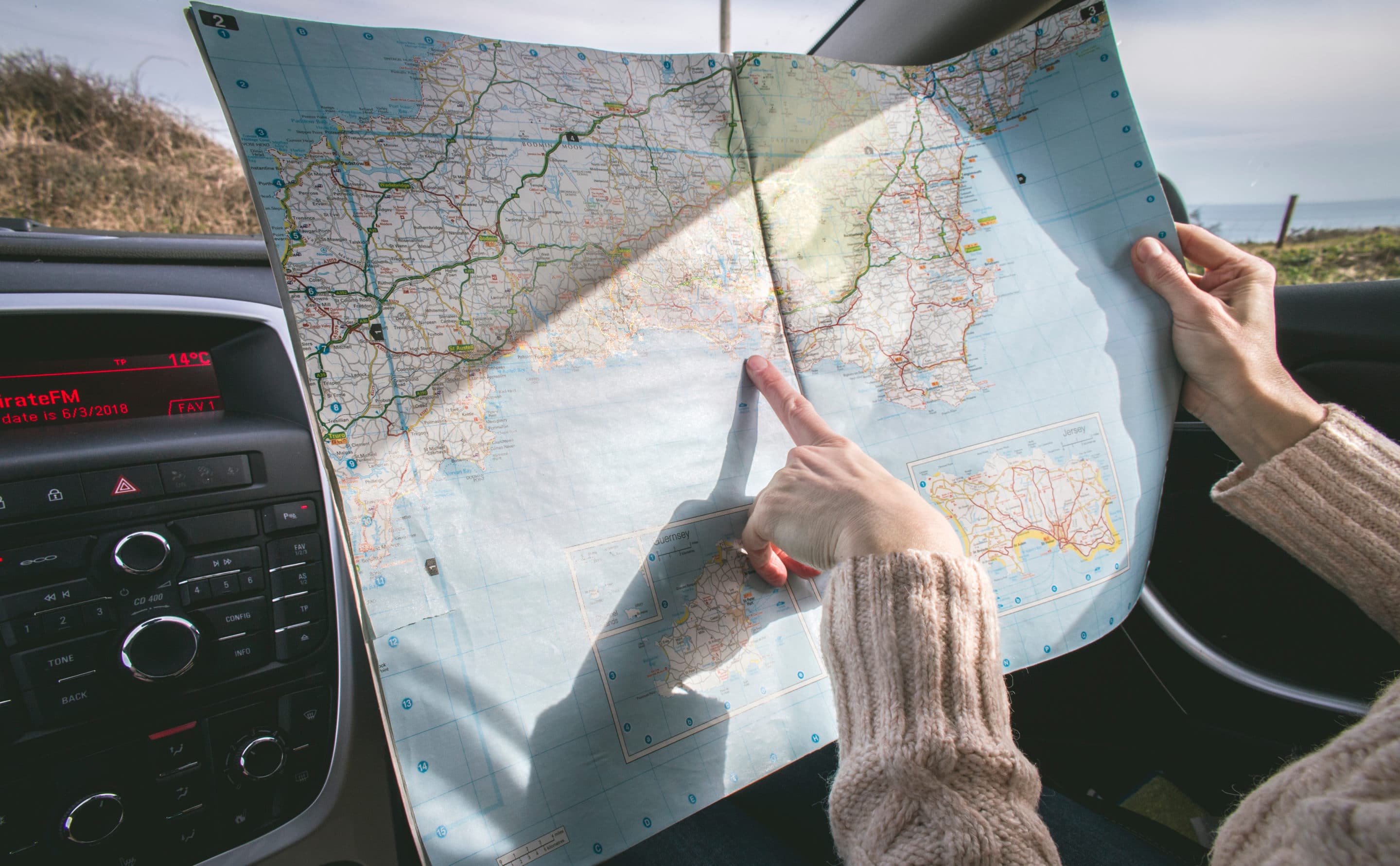
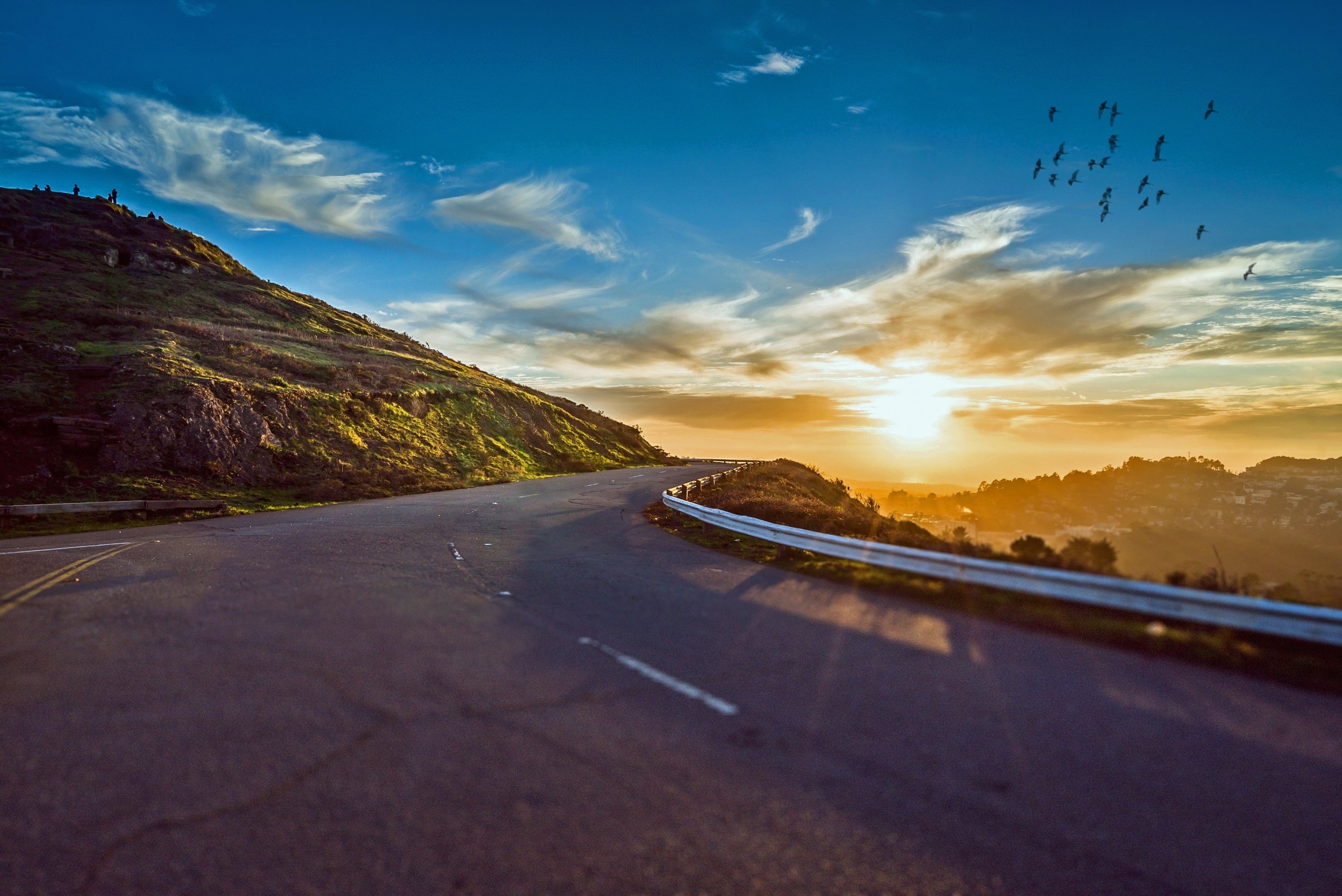
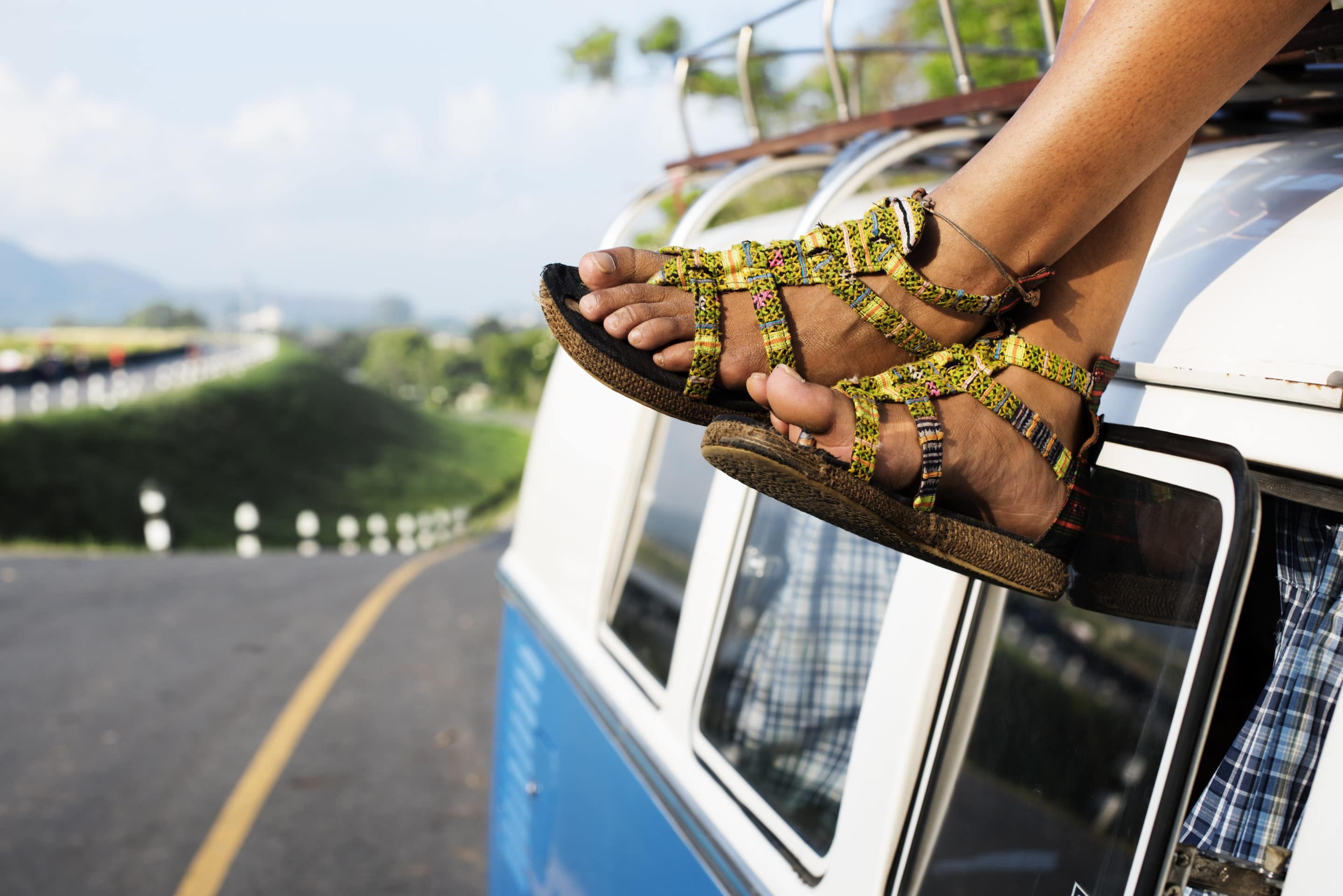
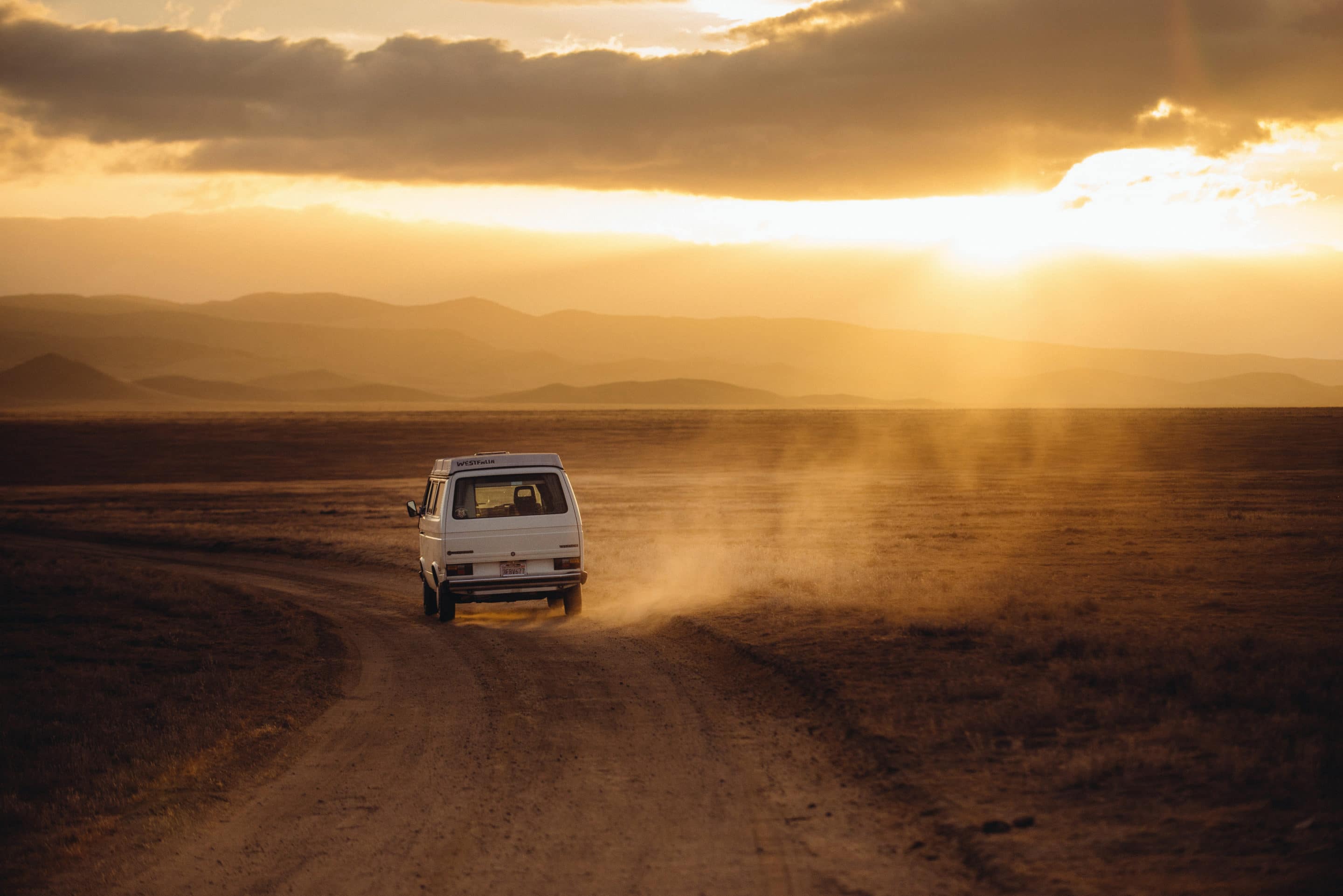


 In the US, home break-ins occur about every 18 seconds. That’s pretty alarming. Not only can a thief steal your belongings, they can rob your peace of mind leaving you and your family feeling violated, scared and even angry.
In the US, home break-ins occur about every 18 seconds. That’s pretty alarming. Not only can a thief steal your belongings, they can rob your peace of mind leaving you and your family feeling violated, scared and even angry.